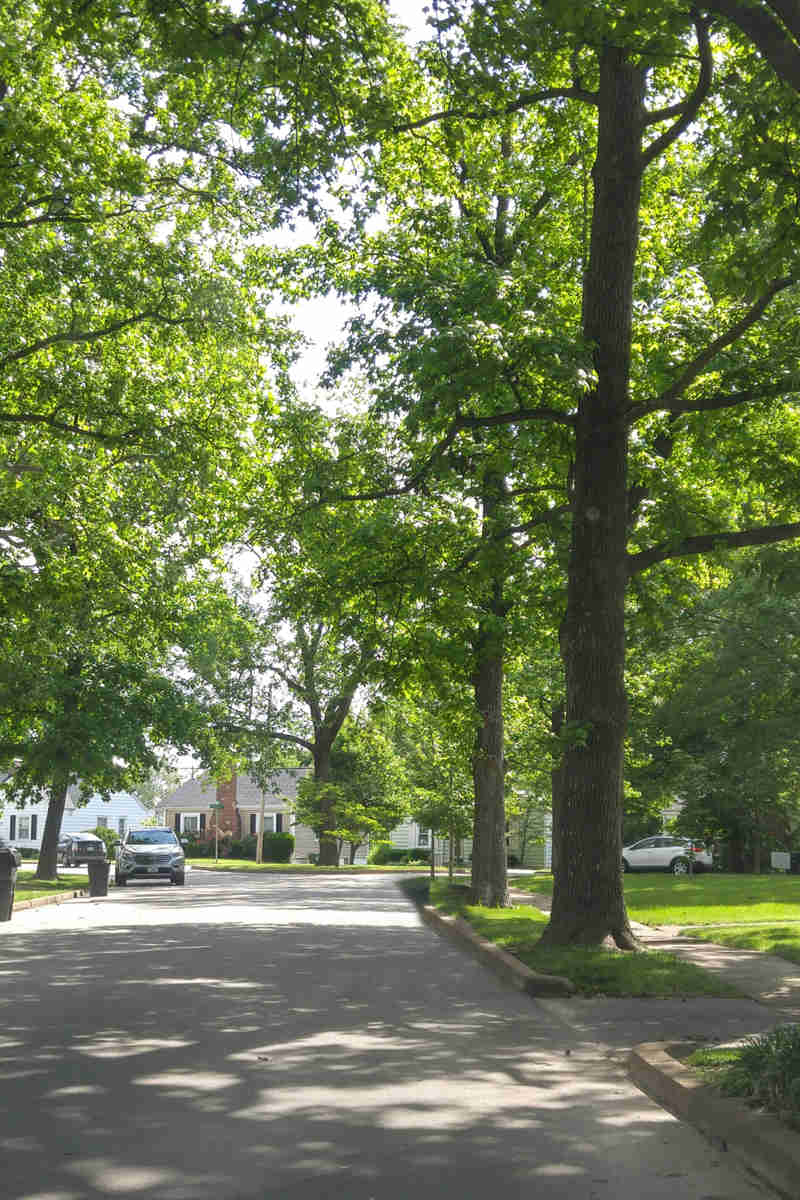The word stress refers to a diminished state of health in a plant due to some foreign pressure. This could manifest as too much water, not enough sunlight, root disruption, insects infestation, mechanical damage, or elevated exposure to the elements. Due to a limited root area, a newly installed plant may be susceptible to complete collapse from any one of the previously mentioned factors, but for mature trees, it is often the compounding of multiple stress factors that will shut the plant down entirely.
For example, a mature Norway maple planted on the street may be able to handle a certain degree of drought stress during a typical year. However, if a significant portion of the canopy is eaten by an early season defoliator and then the newly produced replacement canopy become scorched by reflected heat off the pavement, then this may cause complete collapse of this plant.
Frequently arborists are tasked with playing TREE-S-I to sleuth out why a tree or plant collapsed. Sometimes the obvious answer is not the only contributing factor but is only one color in the painting. Considering how a tree faired previously will help create a timeline of the health of the tree rather than just looking at a snapshot. Figuring out what might have changed about the physical growing environment (water availability, quality of light, soil profile, etc.) is helpful as well to broaden the scope, which sometimes uncovers important details that might have been left out of the conversation.
Some trees may die “suddenly” because no one happened to notice a slow change in the plant’s health over time, or perhaps no one realized that a seemingly unrelated action actually caused drastic changes to the plant’s growing conditions and ultimately led to the tree shutting down.
Summer heat is the most obvious and reliable stress factor our plants face every year. Much like heat stress most adversely effects the oldest and youngest of our species, it is important to remember that the oldest and newest members of your landscape should be the first considerations when temperatures rise. The months of July and August are challenging times in Massachusetts, so give your trees regular water to make sure drought isn’t the stress factor that pushes them over the edge.



